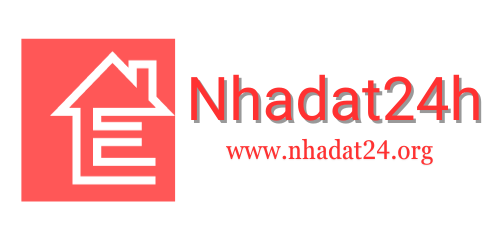bathguitar6
About Me
How to Master the Fundamentals of Python Code
Introduction
In today's tech-driven world, learning Python has become crucial for budding programmers and seasoned developers alike. As キャンペーン 金融 and beginner-friendly programming language, Python is widely used across industries, from website creation to analytics. ハロショバイト explores the key elements of Python programming, helping you embark on your coding journey with confidence.
Why Learn Python?
Python is commonly praised as a language that streamlines the process of learning to code. Here’s why it shines:
Adaptability Across Applications: Python can be used in multiple fields, ranging from artificial intelligence (AI), machine learning, and big data to app development and gaming.
Beginner-Friendly Syntax: The language provides a clean syntax, making it accessible for new learners.
Community Support: Python boasts a large community, ensuring plentiful resources, documentation, and tutorials for newcomers.
Integration Capabilities: It seamlessly integrates with other languages like C and C++ and supports multiple platforms and tools.
Getting Started with Python Programming
1. Install and Set Up Python
To start your Python learning process, you’ll need to make sure it’s installed on your device.
Download Python: Visit the official Python website and get the latest version for your operating system (macOS).
Choose an IDE: Start with a simple integrated development environment (IDE) like Jupyter Notebook.
2. Learn Basic Syntax and Data Types
Getting familiar with Python’s syntax is crucial to developing efficient programs. Key topics include:
- Data Types: Strings, integers, lists, dictionaries, and tuples.
- Indentation**: Unlike other languages, Python relies on proper indentation to structure blocks.
3. Practice with Simple Programs
Start with basic programs to reinforce what you’ve learned. Examples:
- Print “Hello, World” to your console.
- Create a calculator for basic arithmetic operations.
4. Dive into Key Libraries
Python’s extensive library ecosystem is a major feature. Explore libraries like:
- NumPy and Pandas for data analysis.
- Matplotlib for data visualization.
- Flask and Django for web development.
5. Collaborate and Build Projects
Work on real-world projects to expand your expertise. Examples include:
- Developing a to-do list app.
- Scraping web data with BeautifulSoup.
- Designing a simple game using Pygame.
Common Mistakes to Avoid
As a beginner programmer, it’s easy to stumble. Here are common pitfalls to watch out for:
Neglecting Indentation: Python uses indentation to organize logic, so inconsistent spacing can result in errors.
Skipping Comments: Always comment your code to enhance readability and future maintenance.
Rushing Projects: Take the time to debug and fine-tune your code before finishing projects.
Conclusion
Python is a powerful language that opens a world of possibilities for first-time coders and experienced developers alike. By grasping its basics, practicing, and diving deeper into the language, you can design practical applications and excel in the ever-evolving tech industry.
So, what are you waiting for? Start coding with Python and turn your ideas into reality!
